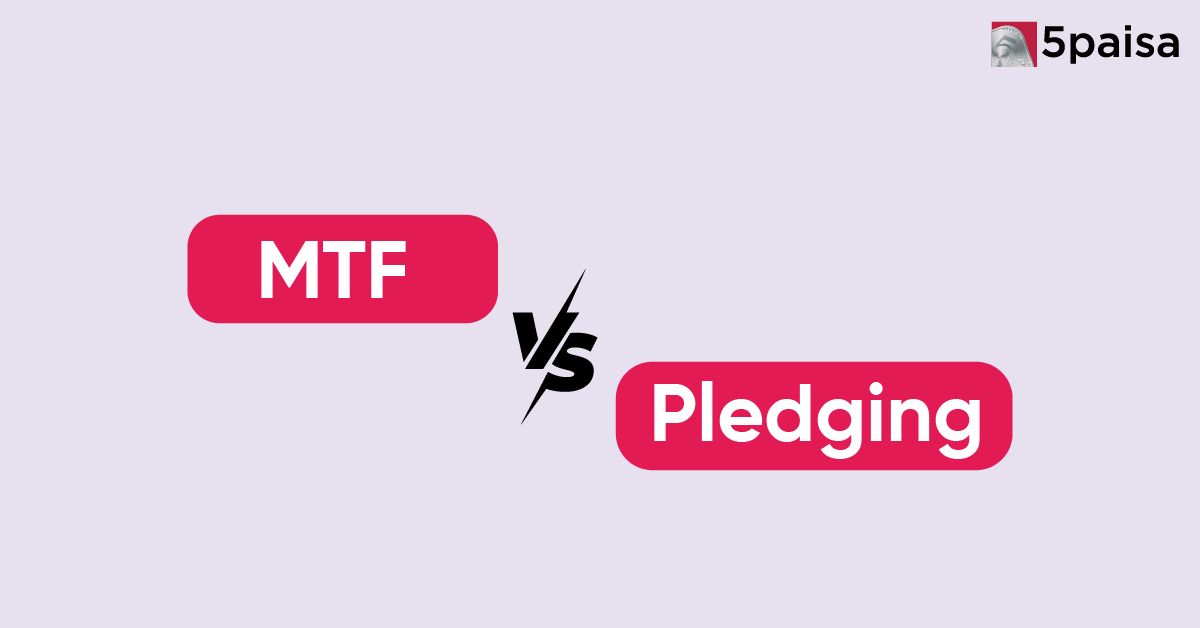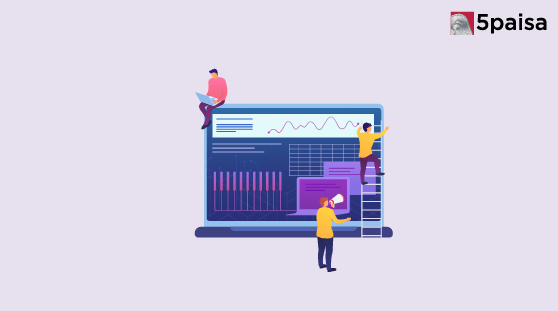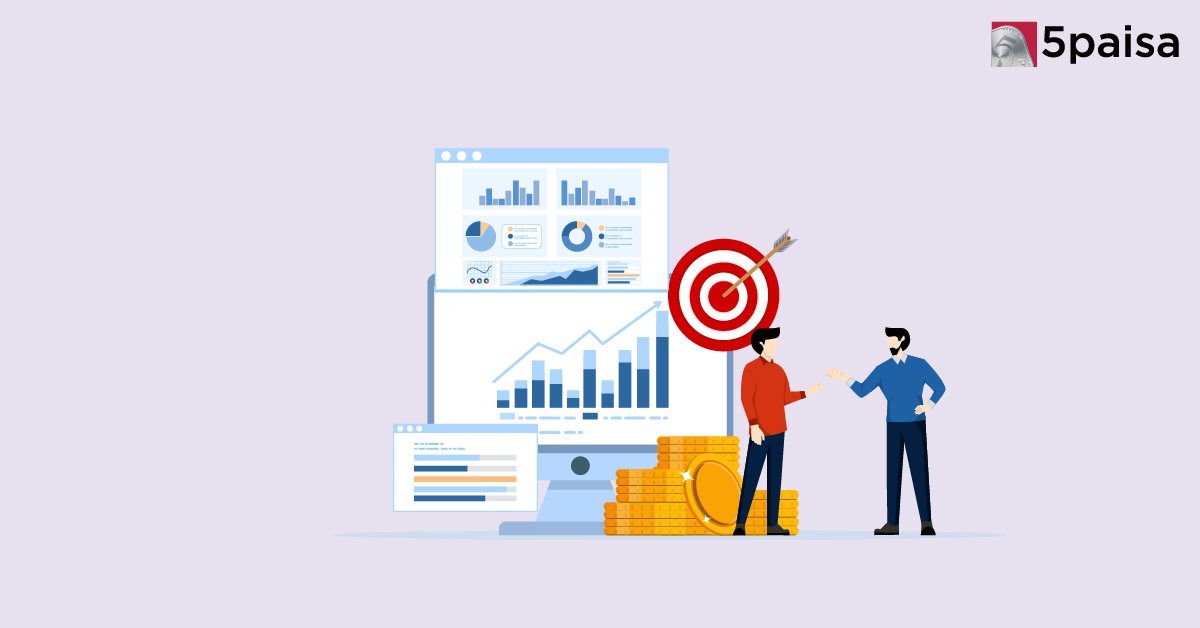MTF vs Pledging: Which Strategy Gives You More Power in the Market?
How to Monitor Your Stock Portfolio?

Keeping a close eye on your investment portfolio is one of the most important aspects of successful trading and investing. For Indian traders, especially those actively involved in the stock market, effective portfolio monitoring can help reduce risks, maximise returns, and ensure informed decision-making. This article shares the correct and practical way to monitor your portfolio, with a focus on accuracy and usefulness.
Step-by-Step: The Correct Way to Monitor Your Portfolio
1. Set Clear Financial Goals
Before monitoring, ensure you have defined your financial goals. Are you investing for retirement, a home, or short-term gains? Knowing your goal will determine how often you should monitor and what metrics matter.
For example, a long-term investor may only need to review performance quarterly, while a short-term trader might look weekly.
2. Use a Portfolio Tracker
Choose a reliable tool to track your portfolio performance. There are many apps and platforms available to Indian traders like the 5Paisa app.
Ensure the tool gives you a consolidated view across stocks, mutual funds, SIPs, and other holdings. Features like real-time tracking, gain/loss percentage, and sectoral breakdowns are a plus.
3. Track Key Metrics
Look at important indicators such as total returns, annualised returns, volatility (how much your stock moves), dividend payouts, weightage of each asset in your portfolio. Don’t just look at the price.
Compare performance with relevant indices like Nifty 50 or Sensex. This helps you see if your portfolio is outperforming or lagging.
4. Review Asset Allocation
A common mistake among Indian investors is overexposure to one asset class—like only equities. Monitoring helps ensure a balanced approach. Rebalancing periodically based on risk appetite and age is key. For instance, younger investors can afford more equity exposure compared to retirees.
5. Stay Updated with News & Events
Events like RBI announcements, global interest rate changes, or corporate earnings can impact your portfolio. Make it a habit to follow economic calendars, read credible financial news from sources and join stock market forums or Telegram groups focused on Indian stocks. But avoid reacting emotionally to every news update. Review the long-term impact before taking action.
6. Avoid Over-Monitoring
Checking your portfolio too frequently may lead to stress and impulsive decisions. Stick to a schedule. For active traders, it is daily and weekly, for long-term investors, it is monthly/quarterly.
Also, note that Indian markets follow T+1 or T+2 settlement. Your tracker might show delays; don’t panic due to this.
7. Use Alerts and Notifications
Most broker platforms offer alerts for price targets, stop-loss triggers and news updates related to holdings. Set these to stay informed without being glued to your screen. Alerts can help avoid major losses or seize opportunities.
8. Evaluate Fund Manager or Stock Performance
If you’ve invested in mutual funds, monitor fund manager consistency, expense ratios, and peer comparison. For stocks, look at: Company results, promoter holdings, debt levels. If your holdings are consistently underperforming, it may be time to exit.
9. Maintain a Journal or Notes
A trading/investment journal helps track: Why you bought a particular stock, Entry/exit prices and learnings from losses or profits. It is
useful for both beginners and experienced traders to improve over time.
10. Consult a Financial Advisor Periodically
If you're unsure about what to do after reviewing your portfolio, consider talking to a SEBI-registered investment advisor. This helps especially with: Tax planning (capital gains/losses), Diversification advice and Retirement planning
Advisors can also suggest better tools or help you create a more effective monitoring system.
Additional Strategy
Monitor tax implications: In India, short-term gains (<1 year) on equity attract 20% tax, while long-term gains over ₹1.25 lakh are taxed at a flat 12.5%. Review your portfolio before March to optimise.
Keep emergency funds separate: Do not mix trading funds with emergency savings.
Avoid herd mentality: Just because a stock is trending doesn’t mean it’s good for your portfolio.
How Often Should You Rebalance?
If your target asset allocation deviates by more than 5%, it’s time to rebalance.
Quarterly is best for most investors, semi-annually for long-term portfolios and annually is Ideal for passive investors.
Why Monitoring Your Portfolio Is Essential
Monitoring your portfolio is not just about checking it every hour. Instead, it's about reviewing its performance consistently over time for performance tracking, risk control, market reaction and rebalancing opportunity.
Conclusion
Monitoring your portfolio is not a one-time task—it is an ongoing process that helps you stay in control. The correct way to monitor your portfolio is done by using the right tools, tracking the right metrics, maintaining discipline and avoiding emotional decisions.
For Indian traders, especially in today’s volatile markets, a well structured approach to portfolio review is essential. Whether you're a beginner or an experienced investor, regular monitoring will help you stay aligned with your financial goals and minimise surprises.
- Flat ₹20 Brokerage
- Next-gen Trading
- Advanced Charting
- Actionable Ideas
Trending on 5paisa
03
 5paisa Capital Ltd
5paisa Capital Ltd
Indian Stock Market Related Articles
Disclaimer: Investment in securities market are subject to market risks, read all the related documents carefully before investing. For detailed disclaimer please Click here.





